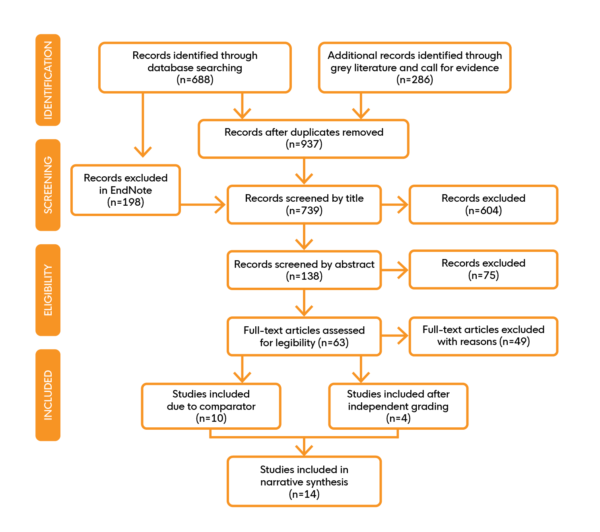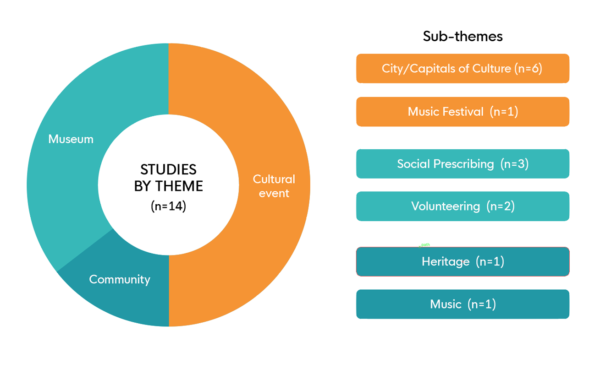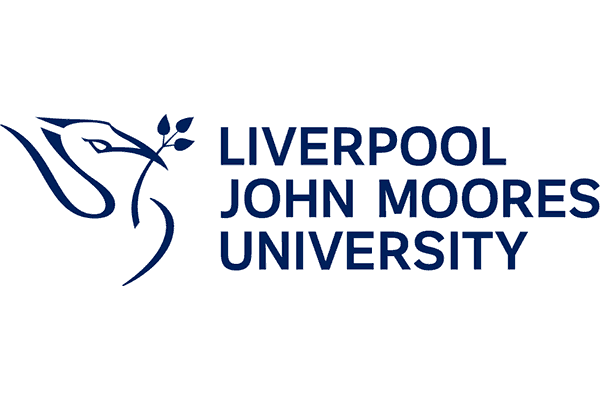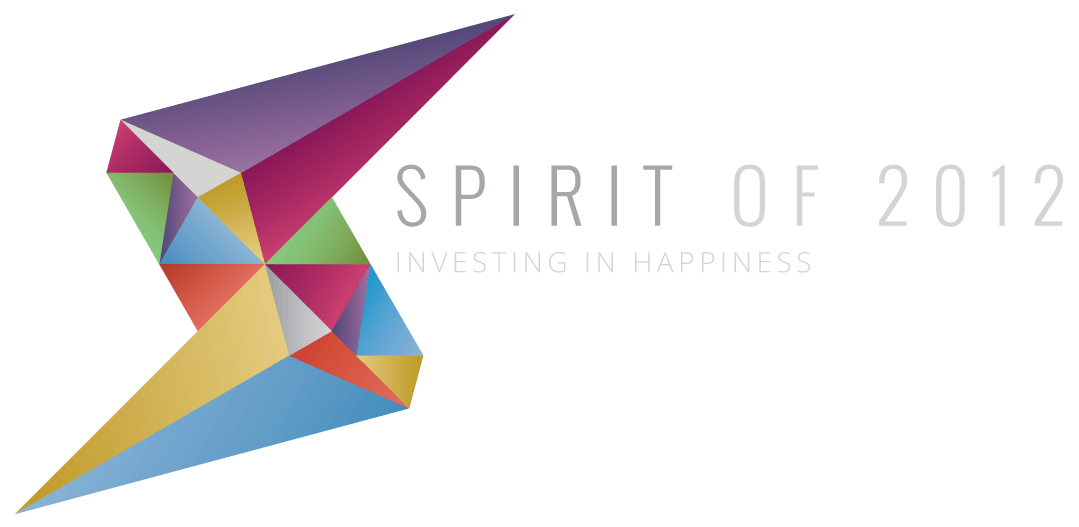The social value of place-based arts and culture: rapid review and synthesis
Downloads

The Quick Read
We conducted a rapid review of the wellbeing evidence from place-based arts and culture interventions.
We found that targeted museum-based interventions with a volunteering or social prescribing component lead to improvements in subjective and mental wellbeing for people with low wellbeing, particularly when they:
- are routed in local heritage and/or culture;
- involve forging connections with others.
We also found that increased cultural participation through mega-events leads to:
-
some temporary effects on happiness and life satisfaction;
-
increases for bridging social capital.
We worked with the Institute for Cultural Capital (ICC), funded by Spirit of 2012 and University of Warwick/Arts and Humanities Research Council (AHRC).
Background
Arts, culture and heritage contribute to our national wellbeing and its drivers, and are recognised as one of four key policy areas for wellbeing.
In UK policy:
- Wellbeing and place-making are overarching objectives in Levelling Up.
- Subjective Wellbeing (SWB) is the key measure used to track national progress.
- The 2021 Green Book Supplementary guidance on Wellbeing Appraisal includes evidence on the wellbeing value of arts events, which policy makers can use to design, monitor, and appraise cultural policies.
From our previous reviews on visual arts, music, heritage and community engagement in arts and culture we
know that:
- Leisure time and cultural participation are key drivers of wellbeing at the individual, local and national levels – for example increased engagement in arts events, and with historical sites and museums is associated with higher life satisfaction.
- Within communities, the effects of arts and culture span key social capital outcomes – these include social relationships, sense of belonging and pride of place, as well loneliness and social isolation.
Why now?
There is significant policy and academic interest in cultural mega-events as catalysts and testing grounds for city-wide interventions that can generate social value for a range of stakeholders in a place.
As Coventry City of Culture (CoC) 2021 drew to a close, we wanted to connect interesting research findings with priorities of policy-making.
Evidence reviews can generate further insights on what works, for whom, how and at what cost. This evidence can then be mobilised by policy actors and used to inform spending decisions.
Looking at engagement in arts and culture within neighbourhoods offers nuanced insight into social inequalities and the ways in which policy impacts can differ between geographical places and populations.
The Study
The rapid review searched for evidence of wellbeing effects of place-based arts and culture interventions at the individual, community and national level, in the UK and across Europe.
It built on findings from previous evidence programmes by:
- having a more targeted focus on interventions aimed at healthy populations, with place-based and participatory components, to sharpen focus on what works to reduce social inequalities.
- including a broader set of study designs and wellbeing outcomes to identify wellbeing drivers, pathways, enablers and mechanisms of success in interventions.
The evaluation research of place-based arts and culture is multidisciplinary. It uses both quantitative designs and qualitative techniques to look at how and why wellbeing improves.
The study aimed to understand:
- the drivers of wellbeing outcomes in successful arts, culture and heritage interventions;
- intervention enablers and mechanisms of success, including in areas/populations with historically low levels of engagement in arts and culture;
- the role of inequalities in shaping cultural access and participation.
What we did
Methodology
The review searched systematically across peer-reviewed, published and grey literature to identify evidence on the effectiveness of interventions on standardised individual- and community-level outcomes.
The Centre led a Call for Evidence and acted as second reviewer for the grey literature studies. It also provided a
data extraction template quality assurance framework and final review.
The narrative synthesis was guided by the 10 domains of UK’s National Wellbeing Framework, and Centre interest themes developed in line with AHRC research priorities. It aimed to identify the impact of interventions and the factors shaping their implementation and success.
The Studies, Data, Methods, and Outcomes (SDMO) approach was used to describe studies and theme categories. Subtheme categories were developed iteratively regarding modes and loci of intervention.
For studies that included a qualitative component, a grounded theory approach was used to identify wellbeing constructs that emerged from the data.
Making the cut
From 937 initial results, full reviews were conducted on 63 studies, 14 of which were included in our final set as shown in the Prisma flow diagram below (figure 1).
The interventions included in our review were delivered largely in the UK (10 studies of 14) between 2013 and 2022.

Fig. 1 Prisma diagram showing the study identification, screening, and inclusion process.
What did we find?
The included studies fall under three key themes: Museum, Community and Cultural event (figure 2).

Fig 2. Studies included in the review, by theme and subtheme.
For an exhaustive discussion of findings, you can read the full report.
Below we highlight a selection of relevant findings that have the potential to move the evidence base forward.
Findings on Subjective Wellbeing
1. Sense of purpose and mood
The positive mood-based effects of museum and community-themed interventions was seen in four studies, with ‘happiness’ and ‘feeling cheerful’ being the most common areas of improvement.
Increases in a perceived sense of purpose was reported in three studies, all of which had a volunteering component.
These included two high-quality studies of museum-based interventions where:
- the act of dedicating time and effort to something increased feelings of value and belonging;
- building social connections and support were key pathways to improvements.
2. Life satisfaction
There is a lack of evidence on the positive effects of place-based arts interventions on life satisfaction. There is some evidence on adverse effects.
Three studies used the life satisfaction measure, of which two were evaluations of cultural mega-events. These reported neutral or worsening life satisfaction for city residents in Hull City of Culture (CoC) 2017 and in a cross-comparison of life satisfaction in hosting and non-hosting cities for European Capitals of Culture (ECoCs).
3. Other drivers of individual wellbeing
Self-confidence, self-esteem and resilience were key outcomes in museum-based volunteer programmes and in the two community-based interventions that used place-based narratives and to engage children and adolescents. These both fostered creative processes through arts and technology, improving mental wellbeing.
Museum-based interventions
The strongest evidence on wellbeing improvements is from museum-based interventions that generate:
- meaningful opportunities for contemplative experiences;
- positive social interactions;
- development of new knowledge and skills.
Interventions included volunteering or social prescribing projects, all of which have a social inequalities focus. Social prescribing is a process where health or social care practitioners refer people to a service or a source of support, such as a voluntary group or arts and culture activity.
Arts on prescription programmes provide a referral route from GPs to museums and other cultural institutions. The review identified evidence that such interventions target social inequalities/individuals with low wellbeing, including older adults at risk of loneliness or social isolation, armed forces veterans and long-term unemployed adults.
More specifically, they:
- contribute to reductions in social isolation in disadvantaged communities;
- act as preventive and restorative actions in the social determinants of health.
Evidence suggests that volunteering practices can play a role in mitigating social inequalities in projects where museums act as anchor institutions with enabling social contexts.
Cultural mega-events: Catalysts for change?
Evidence on the effectiveness of cultural mega-events revealed a mixed picture. Weakness in study design makes it difficult to accurately assess the contribution of CoC/ECoCs to wellbeing.
While it is not possible to say definitively that CoC/ECoCs generate improvements in subjective wellbeing and loneliness for host city residents, there is some evidence of bridging social capital outcomes during the hosting period.
Community cohesion, connectedness and pride are reported as legacy outcomes following CoC/ECoCs and may be driving cultural participation locally. Although results on effectiveness of CoC/ECoCs on cohesion and neighbourhood belonging outcomes are mixed.
Volunteering programmes driven by cultural mega-events generate short-term benefits for subjective wellbeing and mental wellbeing of volunteers.
Festivals are an integral part of CoC/EoC programmes. Evaluation data from five editions of La Notte della Taranta (2007-2011) – a traditional music festival held in Southern Italy – suggest that shared celebration during events, when rooted in local culture and heritage, can enhance social capital by increasing levels of ‘instantaneous trust’ reported by festival attendees.
In the disadvantaged area of Kirkdale in Liverpool (ECoC, 2008), the sense of community was the highest compared with other areas in the city, following higher engagement in ECoC community-based activities in collaboration with local cultural organisations.
By the end of the Hull UK CoC 2017, over a third of city residents reported feeling more connected to their local community, more confident about running activities in their community, and prouder of their contribution.
Residents of Maribor (ECoC 2012) who participated more actively in ECoC-related events reported higher community pride by the end of the ECoC year compared with the rest of Slovenia.
How interventions work: enablers and mechanisms of success
Evidence across 14 studies suggests that the potential for improving wellbeing through art participatory practices can be enhanced when:
- Community or museum-based participatory practices are tailored, co-designed and co-owned with participants.
- Practices are hyper-local and culturally-bound, increasing participation and improving social relations.
- Museum-based programmes provide opportunities for participatory practices that generate positive social interactions and decrease social inequalities, particularly when they include cognitively stimulating and expertly facilitated activities.
- Place-based networks draw on existing public assets and include strong partnership, cross-sector collaboration across museum, community and event-themed interventions.
- Community-based heritage projects aimed at children and young people allow participants to articulate and challenge life experiences, forge connections with others within the community.
- Practices invest in professional roles that lead to engaging and empathic relationships and allow time for social ties to develop.
Research implications
The studies identified suggest that interdisciplinary research and multi-dimensional evaluation designs can generate rich insights on what works to improve wellbeing in arts and culture interventions and how.
The use of consistent wellbeing measures to capture individual, community and city-wide wellbeing outcomes can make research more comparable and support evidence-based decision-making in cultural policy and beyond.
Recommendations for action
For researchers and evaluators
We encourage the employment of multidisciplinary research, using a broad range of well-tested designs.
| Aim | Approach |
|---|---|
| Isolate wellbeing effects and attribute changes in wellbeing to specific programmes or policies
|
Controlled, longitudinal designs
|
| Capture breadth of drives and mechanisms generating wellbeing impacts |
Specific, grounded in qualitative enquiry
|
| Ensure work across sectors and disciplines is more consistent and comparable
|
Wellbeing-informed cost-effectiveness and cost-benefit methodologies from the government’s Green Book and Wellbeing Supplementary guidance |
For evaluators of cultural mega-events, there are obstacles for the contribution of large scale and city-wide events:
- Delivery – cities are subject to large and changing economic, social and political dynamics (e.g. Coventry during Covid-19 pandemic and cost of living crisis).
- Methodology – evaluations of cultural mega-events tend to be designed to capture short-term changes and a range of effects across stakeholders, not purposely designed research to test a theory, for example, a museum-based intervention.
For funders and decision-makers
We encourage the use of rigorous and unbiased evidence from arts and culture interventions to design, fund and deliver programmes that can improve subjective wellbeing and social capital outcomes.
Participatory art practices that are community and participant-centred, flexible and encourage strong partnership working may be particularly valuable to engage individuals from disadvantaged backgrounds. Long-term and sustainable interventions must facilitate access to and participation in arts and culture.
Building in legacy learning means arts and culture policies and funding can continue to act as testing ground for how to successfully embed systematic evaluation. This will grow understanding of how place-based arts and culture affect our quality of life and inform policy and investment decisions.
Suggested citation
Musella, M. and Bignall-Donnelly, R. The social value of place-based arts and culture: rapid review and narrative synthesis. Briefing, December 2022, What Works Centre for Wellbeing.
![]()
[gravityform id=1 title=true description=true ajax=true tabindex=49]






